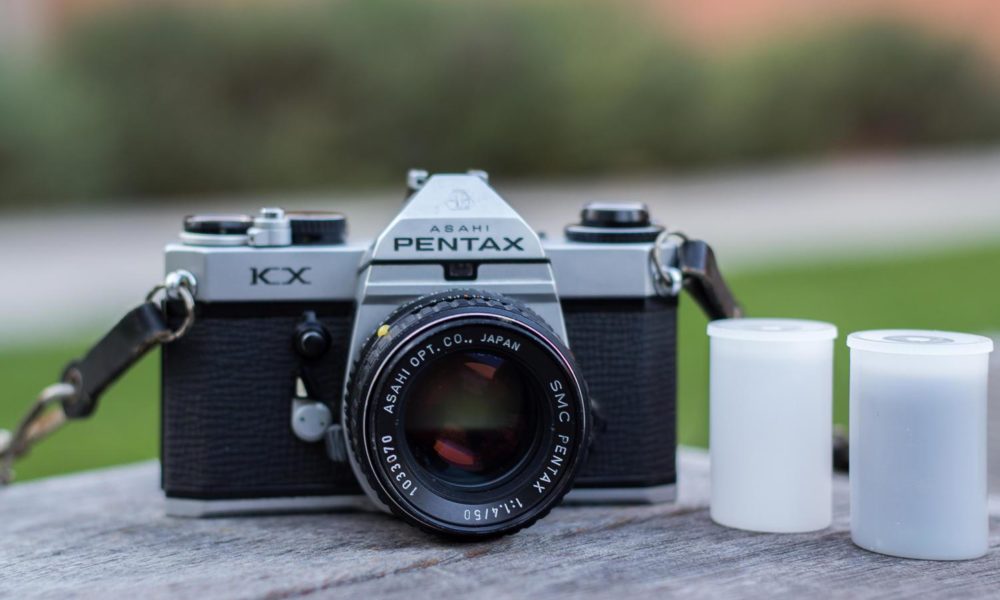Immediacy is everything in the age of modern photography. The process to take, edit and share a photo is faster and easier than it’s ever been and can be completed in less than an hour. All you have to do is take a couple hundred photos, sort through them all and instantly post the most fitting one, all with the click of a few buttons.
This is the digital age we live in, where being a photographer can be incredibly easy if you have a smartphone and a curious eye. As digital photography gains popularity, it begs the question: does film photography fit into this world, and if so, where?
While film photography has seemingly been forgotten by many, it has found a place in this world of high photo turnover rates. According to Instagram, there are currently 10.9 million posts that can be found under #filmisnotdead and 18.5 million under #35mm, which supports the notion that film is in fact not dead.
Though they’re not shooting film, photographers are now able to use post-production edits in order to get digital photos to mimic film. A multitude of photo editing applications such as Photoshop, VSCO and Instagram offer “grain” filters in order to give digital photos a vintage look. However, the nostalgic, raw and natural feelings that accompany film photography are things digital photography can not recreate.
When using a film camera you are also limited to a finite amount of film, there is no constant clicking of shots without cranking the film advance lever,, and immense patience is required to properly use the manual lighter meter on film cameras.
The patience required in order to take a good film photo is also part of what makes this medium of photography so beautiful. In a modern world where the attention span of most is fairly short, taking the time to shoot and develop a film photo should be acknowledged as a respected art.
When shooting with a film camera, I feel like I epitomize living in the moment and create the best opportunity for natural shots. According to Robert Hirsch, digital imaging has demolished the unwritten arrangement between photographers and audiences. It does so by giving image makers the ability to seamlessly alter the picture of “reality.”
For me, every photo taken with a film camera is engaging, and composing each shot takes extra moments of thought and consideration. Once the photo is taken, there’s no looking back to review it; instead, you are left to wonder if you were able to produce an analog masterpiece.
Film can even be used in the field of journalism; an example of a photojournalist who’s managed to successfully use 35mm film to create distinguished work is Aaron Huey. Huey embodies the power a classic film photographer can have in the digital age and has accumulated 866,000 followers on Instagram; his photos can be found featured in a multitude of National Geographic magazines.
Yes, film may not be practical, but I believe it is capable of telling a deeper and more intense story.
If you’re a photo enthusiast, I would recommend doing yourself a favor and picking up a 35mm film camera.




